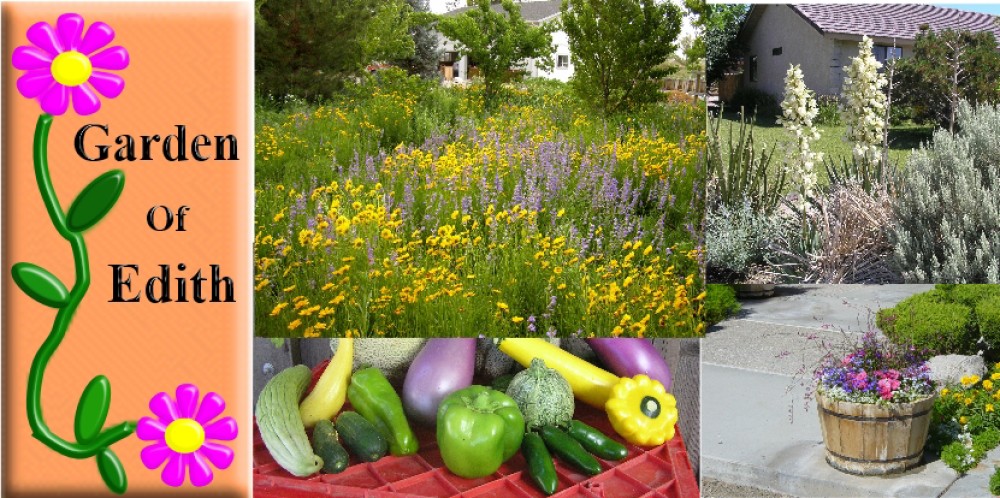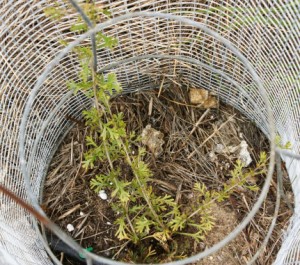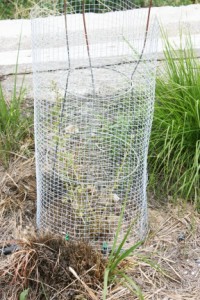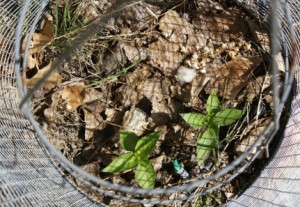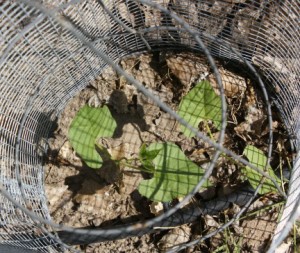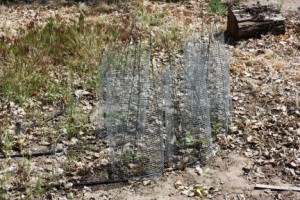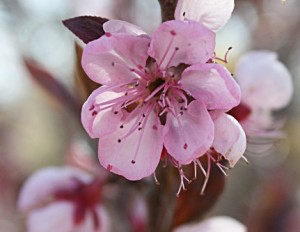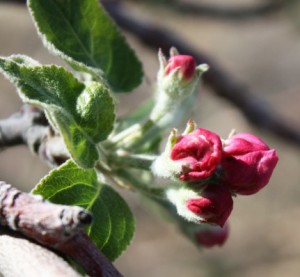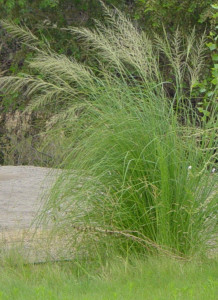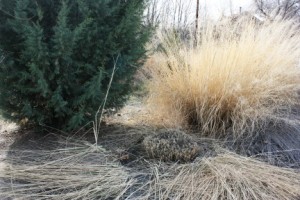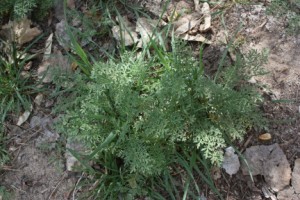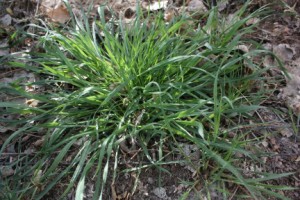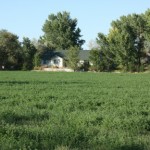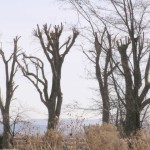I’ve been looking at native shrubs to replace some of the roses and other not so
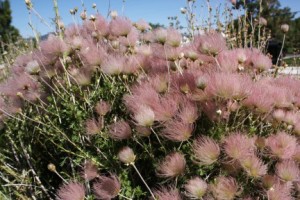
By summer Apache Plume could be covered with feathery, pink seed heads resembling a Native America headdress. This picture was taken in late May. This plant will continue to have a few white flowers opening all summer and fading to feathering pink seed heads.
drought tolerant plants in a portion of my garden that is exposed to drying winds and intense afternoon sun and heat. Even in the cold winter when evaporation is less I still had a hard time keeping the soil moist around roses I had planted on that side of my house. It didn’t help that we had no snow and almost no winter rain this year. The wind still blew but the storms were dry. One plant I’ve already started planting on that west face of my house is Apache Plume (Fallugia paradoxa).
Apache Plume is found naturally growing in piñon/juniper woodlands from Texas to California. In Texas, southern New Mexico, Southern Arizona, and California, Apache Plume is evergreen. Everywhere else in its native range, which can go as far north as Nevada, Utah, and Colorado, it is deciduous. In the higher elevations of the Mojave Desert where there are Joshua Trees, you will also find Apache Plume.
In the wild Apache Plume grows naturally in gravelly and well-drained soils but under cultivation, it will grow in most any soil. My soil is sandy and droughty so it should be happy on the west side of my house. With a little supplemental water, it should be full and beautiful as long as I don’t overwater it.
Apache Plume reaches a height of 4 to 6 feet and spreads as wide as it is high.
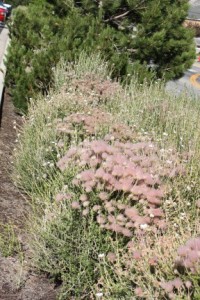
Pictured here is a hedge of Apache Plume. Notice how, even though most of the plant is covered with feathery pink seed heads, there are still a few white flower.
White, 1″ diameter flowers with five petals resembling single roses start to appear in spring. New flowers appear continually throughout the entire growing season and as they fade they are replace with pink feathery seed heads; hence the name Apache Plume. By late summer this shrub, covered with fluffy pink seed heads looks like a cloud of pink.
I’m hoping to create clouds of pink intersperse with other plants that I have not yet selected. I don’t want a monoculture of any plant. Even Apache Plume.
